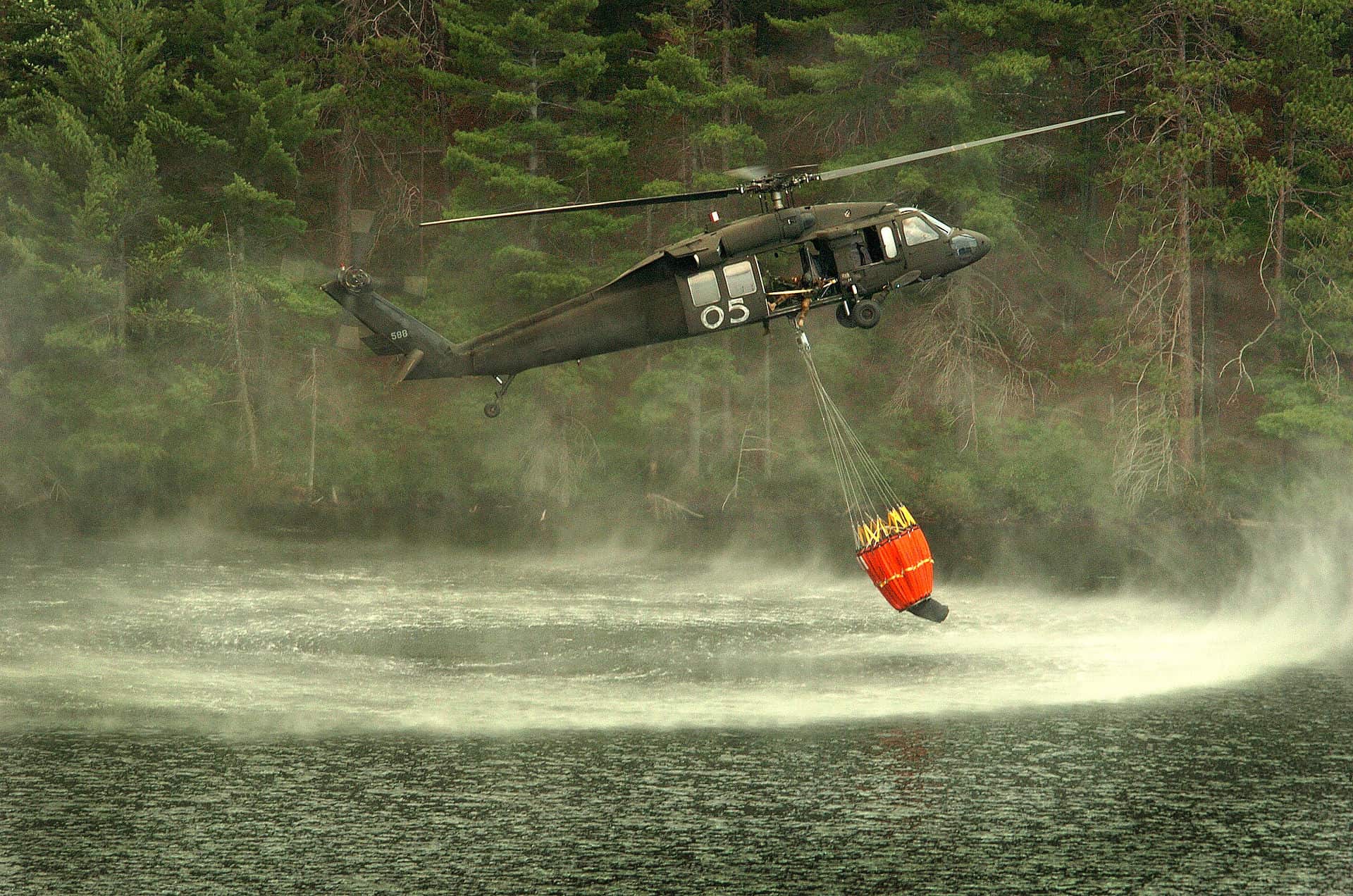Uncovering Inflatable Kayak Material Options for Your Next Lightweight Kayak
Boats, ProductionFeb 27, 2023
A lightweight inflatable kayak is a great choice for the avid kayaker looking to expand their capabilities. It provides an ideal combination of portability and performance, making it perfect for weekend warriors and long duration expeditions alike.
Popular with kayakers who often travel and/or have limited storage space, lightweight inflatable kayaks are just as durable (if not more) than the hard-shelled alternatives.
There is a large selection of sophisticated designs ranging from cost-effective options to top-of-the-line products. You can start your search for materials and production methods for your company’s next kayak product in this article.
Inflatable Kayak Seam Bonding Methods
When looking at production requirements for lightweight inflatable kayaks, seam bonding is the determining factor for cost, time, expertise and product performance.
Materials for lightweight inflatable kayaks can be joined by using two main methods:
Adhesive or heat sealing.
For a more in depth comparison of which method builds a better boat read here
Here we provide a brief overview of each of these seam joining methods:
Adhesive Bonding
There are mainly disadvantages in using glue for kayak seam bonding both for the manufacturer and the end user.
For the manufacturer:
- It takes a long time for adhesive bonding work to cure, which delays production compared to the heat sealing methods
- Glue contains harmful chemicals that can negatively affect manufacturing personnel
For the end user:
- More prone to air leakage
- Callenging field repair
- Glue contains harmful chemicals to the environment that are released during use
Heat Welding
Heat welding is a fast and efficient method that produces a strong and consistent bond more durable than adhesive bonding.
Heat sealing methods include:
- RF welding (radio frequency welding)
- Hot Air
- Ultrasonic
For the manufacturer:
- It is a quick process.
- No harmful chemicals or health hazards are involved.
For the end-user:
- It holds air pressure for significantly longer than glue.
- Easy field repair with a hand-held sealer.
- Does not emit harmful chemicals to the environment when used.
Most Commonly Used Materials For Lightweight Inflatable Kayaks
Now, we will provide an overview of the three most commonly used materials for lightweight inflatable kayaks: PVC, CSPE, and TPU. We will also detail which seam bonding method is used for each.
PVC – Material in Decline
PVC (polyvinyl chloride) is a widely used material for inflatable boats and kayaks due to its affordability and availability. It is easy to manufacture and produces a lightweight kayak that is easy to transport.
PVC kayak seams can be bonded using either adhesive or heat welding methods.
PVC can be available in a variety of colors, has good UV resistance and has overall good durability performance.
The reclining use of PVC materials in recent years is due mostly to the market trend of opting for more environmentally friendly products. PVC known for plasticizers is a material that has lost favor in general because of this reason.
CSPE – Longer Production Time
CSPE (chlorosulfonated polyethylene) is a durable option with good chemical resistance and UV exposure. Kayak manufacturers have used this material for many years.
Seams can be joined for this material, with glue only which makes its production requirements longer and less efficient in comparison to heat sealing.
TPU – The Popular Option
TPU (thermoplastic polyurethane) is a high-quality material that is gaining popularity in the inflatable boat industry. TPU is a more durable option and has excellent resistance to abrasions, punctures, and better UV resistance. Another factor that contributes to the rise of this material in the industry is that it’s environmentally friendly and does not contain harmful chemicals.
TPU kayak seams can be fused together with any of the heat sealing methods.
There is rising demand for lightweight kayaks made of TPU because of how durable and lightweight they can be made. TPU kayaks known as ‘Packrafts’ can be made to be as light as under 10 KG and can be packed and carried as a carry-on for flying.
New Product Release
As a response to growing demand from kayak users who want superior tear resistance, Erez has developed a new product that combines TPU coating strengthened by Aramid yarns (Kevlar®).
To learn more about our new TPU-Aramid product, send an email to
Subject line: TPU-Aramid product
The Kayaking Experience You Provide Your Customers
All three materials have their pros and cons, and the best option for your next lightweight inflatable kayak line will depend on the specific needs and budget of your customer. What type of kayaking experience you aim to provide your customers should be taken into account when choosing the material for your next kayak. Ultimately, your decision should be based on the needs of our customers and your commitment to quality and safety.

Share this Post



